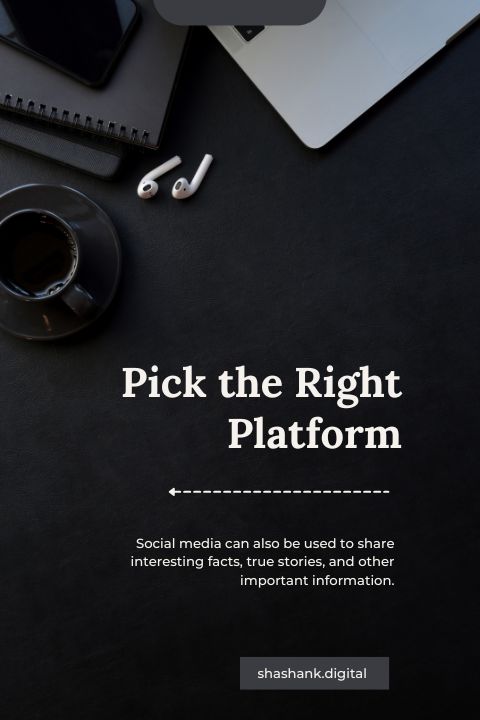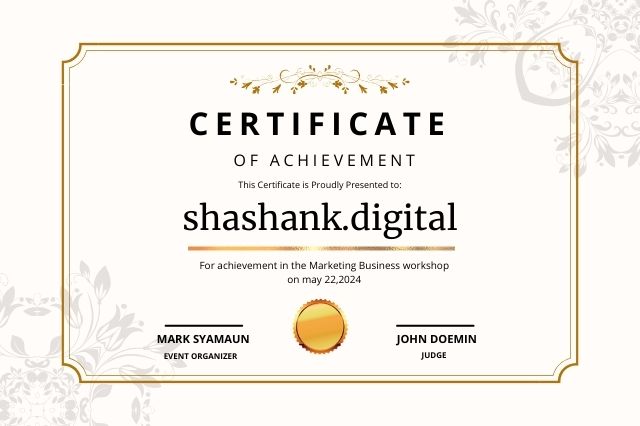Digital Marketing

Digital marketing
Digital marketing is the use of online platforms and digital channels to promote products, services, or brands to target audiences. It includes strategies like search engine optimization (SEO), content marketing, social media marketing, email campaigns, and pay-per-click (PPC) advertising. The goal is to reach and engage potential customers through websites, social media, email, search engines, and more. Digital marketing is cost-effective, measurable, and allows for precise targeting of specific audiences. By leveraging data and analytics, businesses can optimize their marketing efforts, increase conversions, and build brand awareness in the digital landscape.
Benefits of Digital Marketing:
- Cost-Effective: Often more affordable than traditional marketing methods.
- Measurable: Allows for tracking and analyzing performance metrics in real time.
- Targeted: Helps reach specific audiences based on demographics, interests, and behaviors.
- Engagement: Enables two-way communication with customers through social media, comments, and email.
SEO
Search Engine Optimization (SEO) is the practice of optimizing a website and its content to improve its visibility in search engine results pages (SERPs). The goal is to increase organic (unpaid) traffic from search engines like Google, Bing, and Yahoo by ranking higher for relevant keywords.
On-Page SEO:
Keyword Optimization: Using relevant keywords in titles, headings, meta descriptions, and content.
Content Quality: Creating informative, valuable, and original content that meets user intent.
Internal Linking:
Linking to other pages within your website to improve navigation and spread link equity.
Mobile-Friendliness: Ensuring the website is responsive and works well on mobile devices.
Page Speed:
Optimizing website load times for better user experience and search engine rankings.
Off-Page SEO:
Backlinks:
Earning high-quality backlinks from authoritative websites, which signal credibility and relevance to search engines.
Social Signals: Shares and mentions on social media platforms that can indirectly influence SEO.
SMM
Social Media Marketing (SMM) is the use of social media platforms to promote products, services, or brands, engage with audiences, and drive traffic or sales. It leverages platforms like Facebook, Instagram, Twitter, LinkedIn, TikTok, and others to reach and interact with target audiences. Content Creation: Sharing engaging and relevant content, such as images, videos, blogs, infographics, and stories tailored to the platform and audience. Paid Advertising: Running targeted ads (e.g., Facebook Ads, Instagram Ads) to reach specific demographics based on interests, location, behavior, and more. Community Management:
SEM
Search Engine Marketing (SEM) is a form of digital marketing that involves promoting websites by increasing their visibility in search engine results pages (SERPs) through paid advertising. While SEO focuses on organic rankings, SEM primarily refers to paid strategies, such as Pay-Per-Click (PPC) ads. Paid Search Ads: Ads that appear at the top of SERPs for specific keywords. Advertisers bid on keywords, and ads are displayed based on relevance and the amount bid. Pay-Per-Click (PPC) Advertising: Advertisers pay each time a user clicks on their ad. Platforms like Google Ads and Bing Ads are popular for running PPC campaigns.





